Eurozone PMI Services was finalized at 54.6 in October, down from September’s 56.4. PMI Composite was finalized at 54.2, down from September’s 56.2. Looking at some member states, Ireland PMI composite rose to 2-month high at 62.5. Spain dropped to 6-month low at 56.2. France dropped to 6-month low at 54.7. Italy dropped to 6-month low at 54.2. Germany dropped to 8-month low at 52.0.
Chris Williamson, Chief Business Economist at IHS Markit said:
“Eurozone growth has slowed sharply at the start of the fourth quarter, with manufacturing hamstrung by supply constraints and services losing momentum as the rebound from lockdowns fades.
“Despite the slowdown, the rate of expansion remains consistent with quarterly GDP growth of 0.5%, but there’s a worrying lack of clarity on the direction of travel in coming months.
“With supply shortages getting worse rather than better in October, manufacturing growth is likely to remain subdued for some time to come. That would leave the economy reliant on the service sector to drive growth, and there are already signs that rising virus case numbers are dampening activity in many service sector businesses, notably – but by no means exclusively – in Germany.
“Ongoing supply shortages meanwhile suggest that high price pressures will persist into next year, but as yet there are no signs of persistent strong wage growth, which would be the bigger concern for the longer-term inflation outlook.”
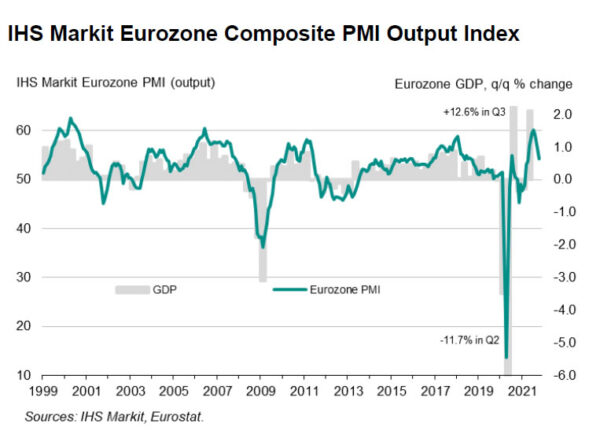

Full release here.




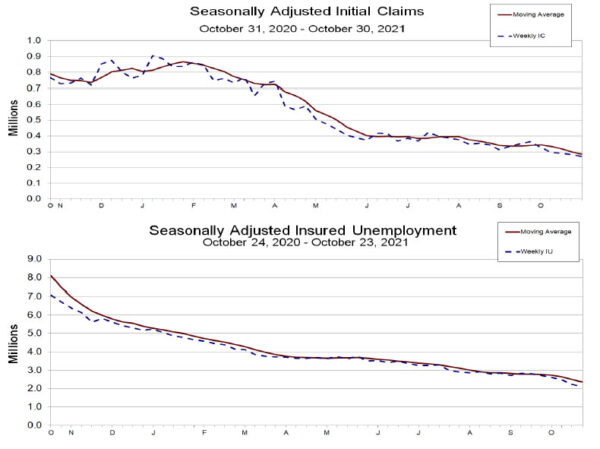
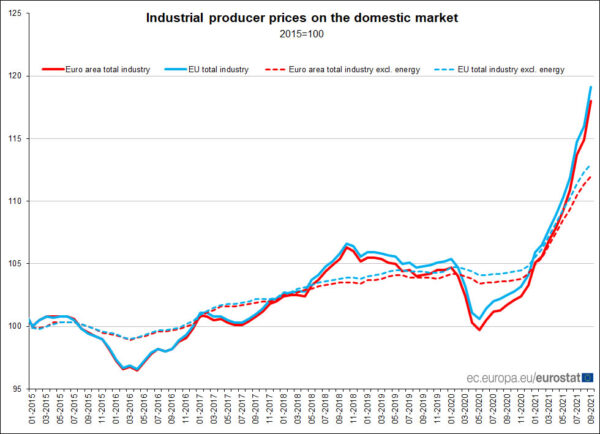
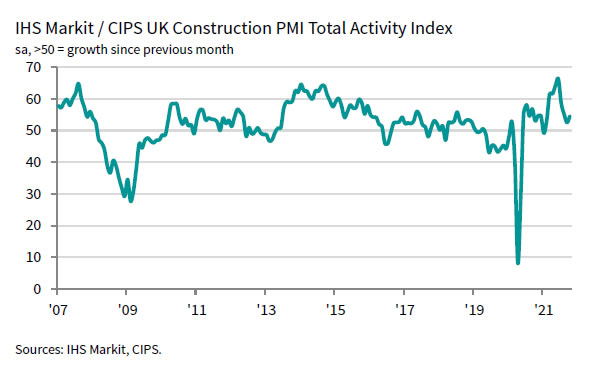


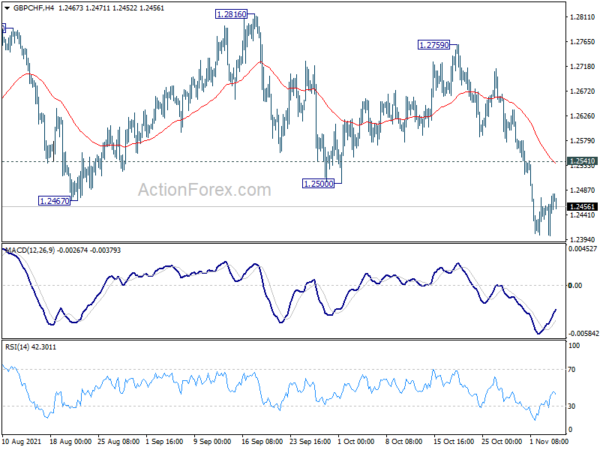
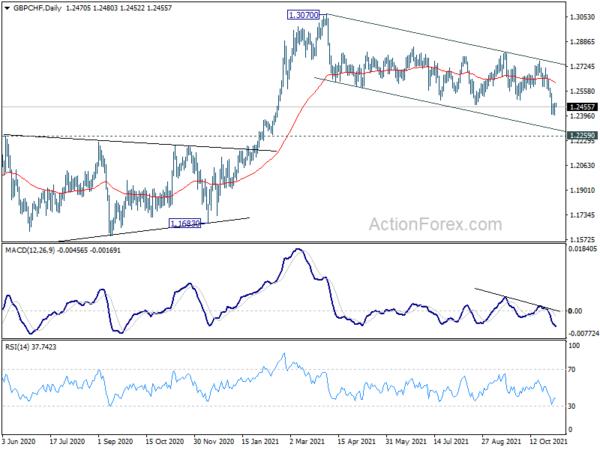
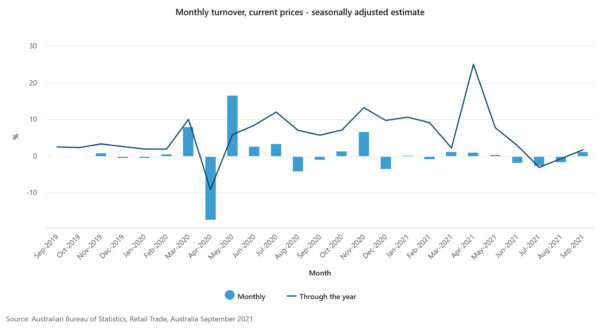
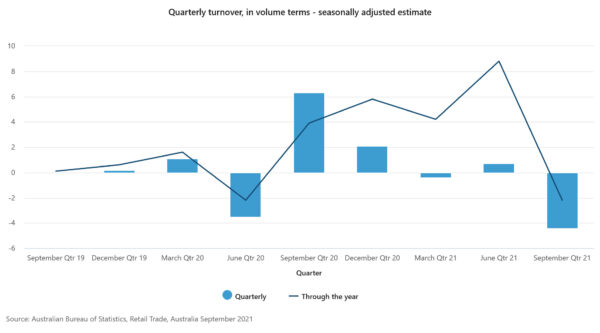
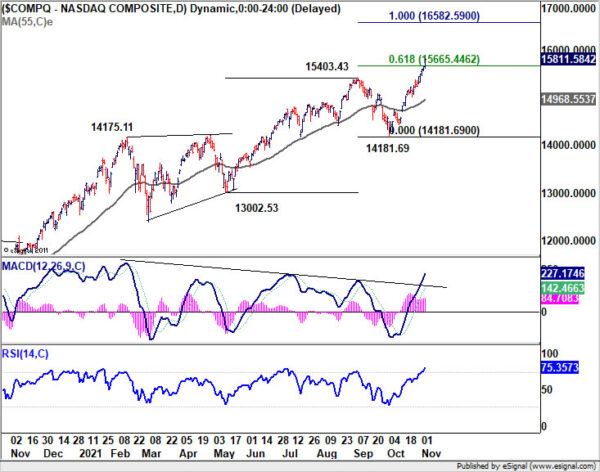

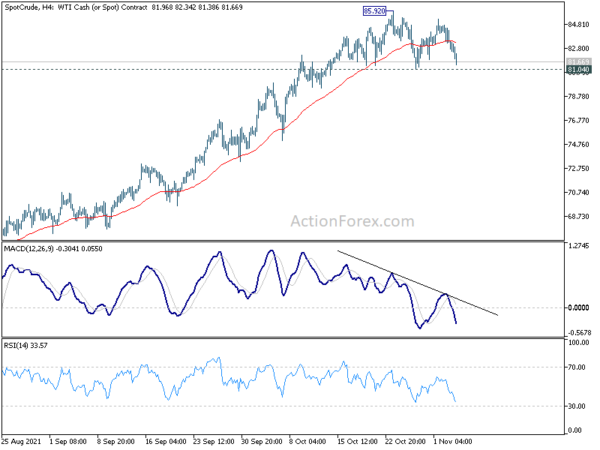
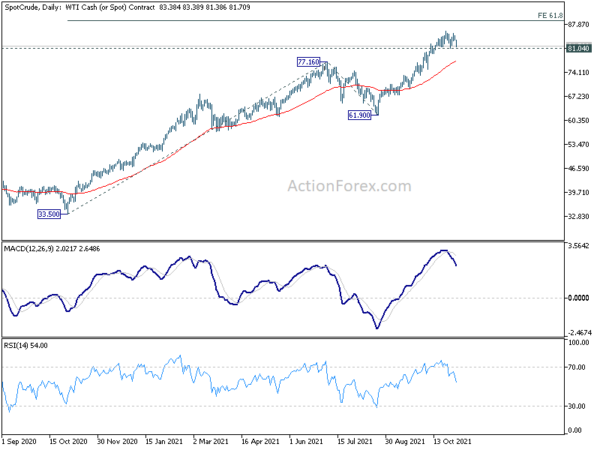
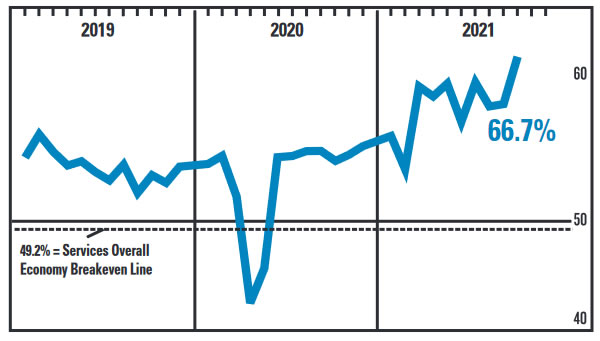
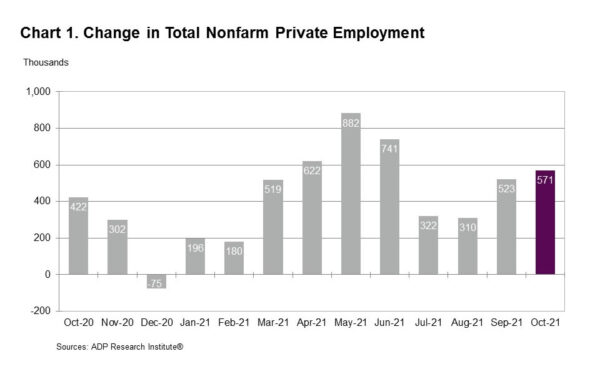
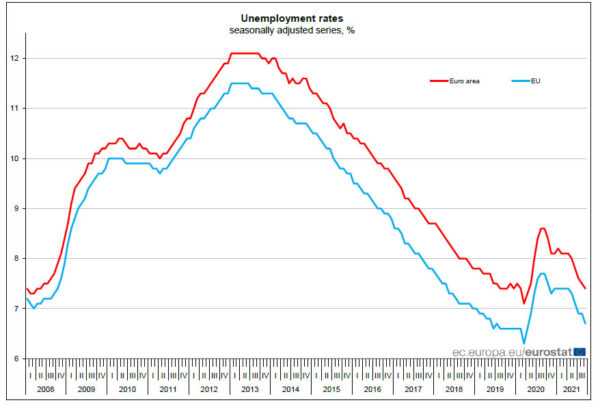
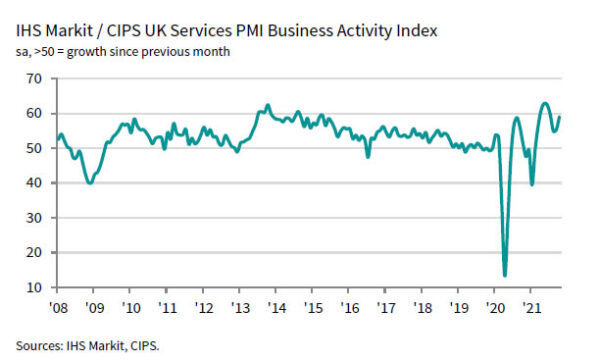
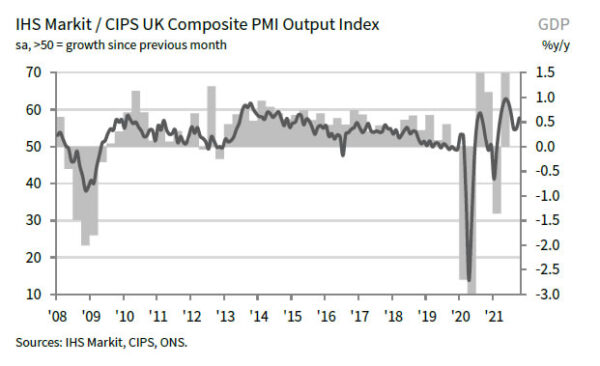
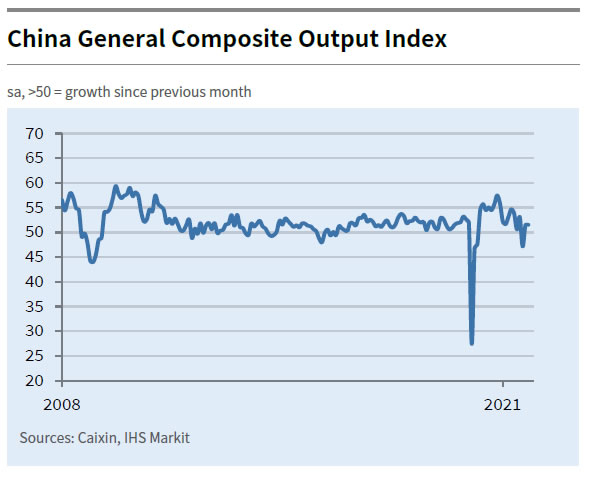


Australia AiG services rose to 47.6 in Oct, third month in contraction
Australia AiG Performance of Services rose 1.9 pts to 47.6 in October, marking a third month in contraction. Sales rose 13.8 to 55.2. Employment rose 4.8 to 56.8. New orders dropped -1.0 to 38.8. supplier deliveries dropped -7.5 to 39.5. Finished stocks dropped -13.7 to 39.8. Capacity utilization dropped -1.7 to 74.5. Input prices rose 9.1 to 73.6. Selling prices rose 7.8 to 61.7. Average wages rose 9.1 to 68.3.
Ai Group Chief Executive, Innes Willox, said: “The Australian services sector reported mixed fortunes in October… Across the services sector, sales and employment were higher in October while new orders were discouragingly low. A more robust recovery was inhibited by lingering activity restrictions, barriers to interstate movement and the same disruptions to the supply of inputs that are being felt in other parts of the economy… Services companies reported further strong rises in input prices and wages with selling prices also rising although not by enough to prevent additional pressure on margins.”
Full release here.